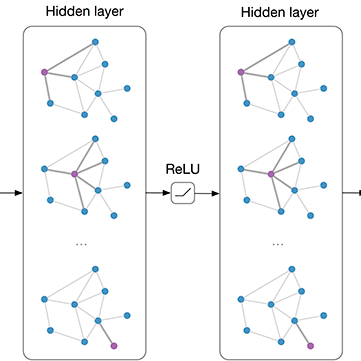Graph convolutional networks (GCNs) is a class of artificial neural networks for processing data that can be represented as graphs. Since financial transactions can naturally be constructed as graphs, GCNs are widely applied in the financial industry, especially for financial fraud detection. In this paper, we focus on fraud detection on cryptocurrency truct networks. In the literature, most works focus on static networks. Whereas in this study, we consider the evolving nature of cryptocurrency networks, and use local structural as well as the balance theory to guide the training process. More specifically, we compute motif matrices to capture the local topological information, then use them in the GCN aggregation process. The generated embedding at each snapshot is a weighted average of embeddings within a time window, where the weights are learnable parameters. Since the trust networks is signed on each edge, balance theory is used to guide the training process. Experimental results on bitcoin-alpha and bitcoin-otc datasets show that the proposed model outperforms those in the literature.
翻译:图形革命网络 (GCNs) 是一组处理数据的人工神经网络, 可以以图表形式表示。 由于金融交易可以自然地以图表的形式构建, GCNs在金融行业被广泛应用, 特别是用于金融欺诈的检测。 在本文中, 我们侧重于对加密货币图流网络的欺诈检测。 在文献中, 大部分工作集中在静态网络上。 在本研究中, 我们考虑暗通货币网络的演变性质, 并使用本地结构和平衡理论来指导培训过程。 更具体地说, 我们计算模型矩阵以捕捉本地的地貌信息, 然后在 GCN 汇总过程中使用它们。 生成的每个瞬间嵌入是一个时间窗口的加权平均嵌入值, 其重量是可学习的参数 。 由于信任网络在每一个边缘上签名, 平衡理论被用于指导培训过程。 比特币- alpha 和比特币- atc 数据集的实验结果显示, 拟议的模型比文献中的模型要强。



